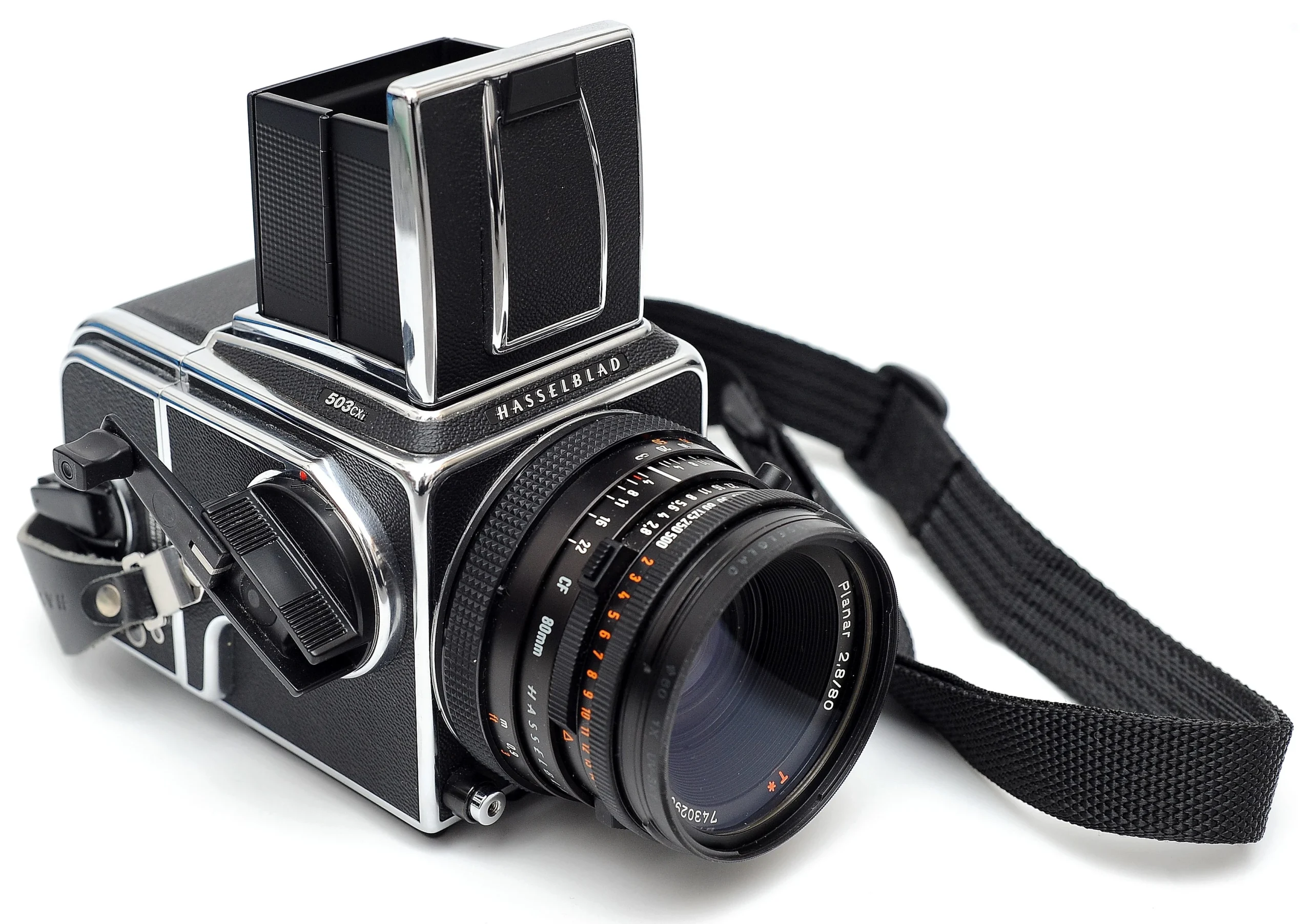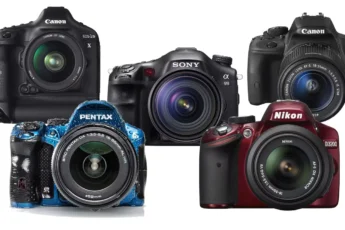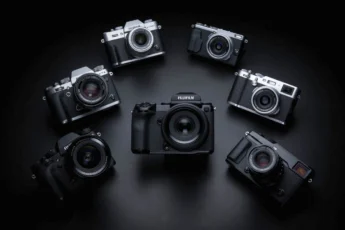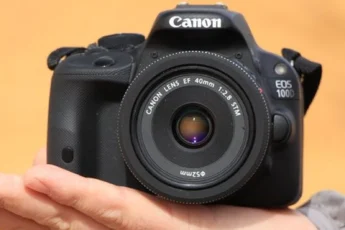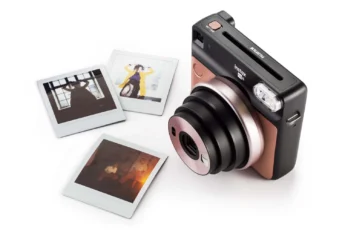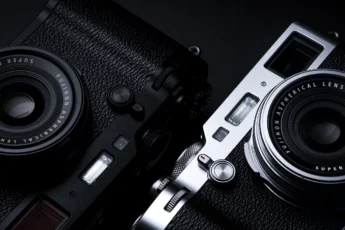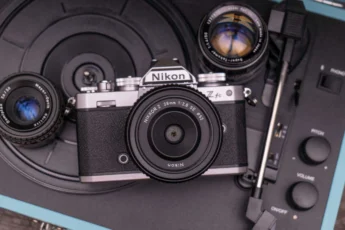In a world dominated by digital cameras and smartphones, the 6×6 format remains a beloved choice among photographers who crave exceptional image quality and a unique shooting experience. These cameras, with their distinctive square format and vintage charm, have captured the hearts of enthusiasts and professionals alike.
Throughout this comprehensive guide, we’ll delve into the fascinating world of 6×6 cameras, exploring their advantages, understanding the different types available, and showcasing some of the top models on the market. So, whether you’re a seasoned pro or a curious beginner, join us on this exciting journey as we uncover the magic of the 6×6 format.
- What are 6×6 Cameras?
- Advantages of Using 6×6 Cameras
- Understanding Different Types of 6×6 Cameras
- TLR (Twin Lens Reflex) Cameras
- SLR (Single Lens Reflex) Cameras
- Rangefinder Cameras
- Medium Format Digital Cameras
- Top Features to Consider in 6×6 Cameras
- Image Quality and Resolution
- Lens Options
- Build Quality and Durability
- Viewfinder Type
- Film or Digital Format
- Autofocus vs. Manual Focus
- Top 6×6 Cameras on the Market
- Hasselblad 500C/M
- Rolleiflex 2.8F
- Mamiya C330
- Yashica Mat-124G
- Pentax 67II
- Fujifilm GFX 50S
- Choosing the Right 6×6 Camera for Your Needs
- Budget Considerations
- Intended Use (Personal vs. Professional)
- Desired Features and Functionality
- Maintaining and Caring for Your 6×6 Camera
- Cleaning and Storage Tips
- Handling and Transport Guidelines
- Regular Maintenance Practices
- Exploring Creative Techniques with 6×6 Cameras
- Portrait Photography
- Landscape Photography
- Macro Photography
- Experimental and Artistic Approaches
- Conclusion
What are 6×6 Cameras?
Imagine a camera that fits perfectly in your hands, its sturdy build and classic design evoking a sense of nostalgia and craftsmanship. This is the essence of a 6×6 camera. But what exactly sets these cameras apart from their counterparts?
6×6 cameras, also known as medium format cameras, utilize a larger film or sensor size compared to the more common 35mm format. The term “6×6” refers to the dimensions of the film or sensor, which measures approximately 6cm x 6cm, resulting in a square image format.
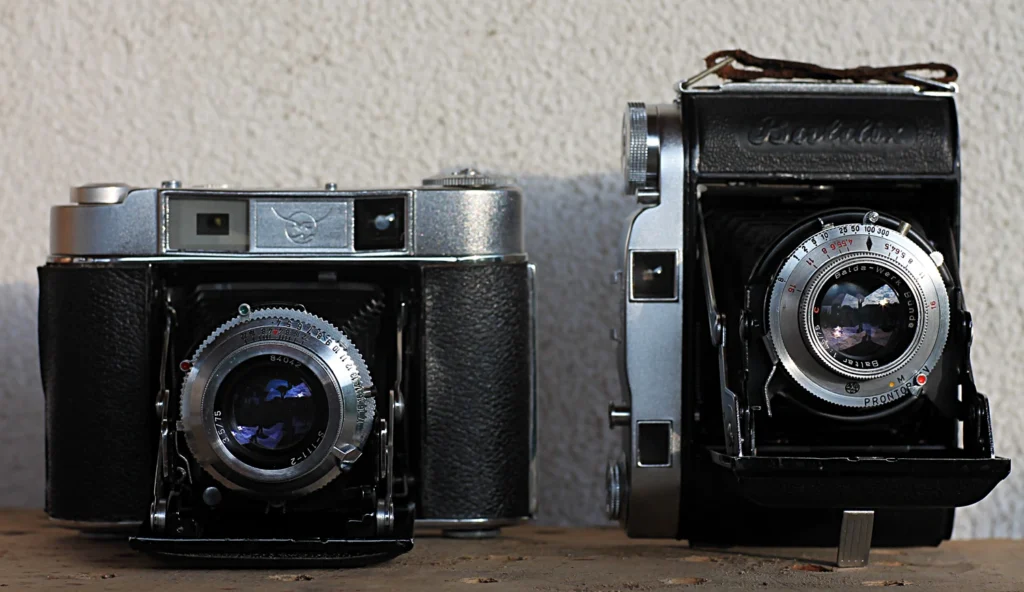
To put this into perspective, the surface area of a 6×6 negative is nearly four times larger than that of a 35mm frame. This increased size allows for greater detail capture, wider dynamic range, and a distinct “medium format look” characterized by shallow depth of field and creamy bokeh.
When you hold a 6×6 camera, you’ll notice its substantial size and weight, which contribute to its stability and durability. The larger format also demands a more deliberate and thoughtful approach to composition, as each frame is carefully considered before pressing the shutter button.
Advantages of Using 6×6 Cameras
So, why choose a 6×6 camera over other formats? Let’s hear from some professional photographers who have fallen in love with the unique qualities of these cameras:
“The detail and tonal range captured by my 6×6 camera are simply unparalleled. It’s like having a window into a world of endless possibilities,” says landscape photographer Sarah Thompson.
Fashion photographer Mark Rodriguez shares, “The square format of the 6×6 camera challenges me to think differently about composition. It’s a refreshing break from the standard rectangular frame, and it adds a timeless elegance to my images.”
Beyond the stunning image quality and creative potential, 6×6 cameras offer several other advantages:
- Larger negatives or digital files, allowing for greater enlargement and cropping flexibility
- Shallow depth of field, enabling beautiful subject isolation and dreamy backgrounds
- Wider dynamic range, capturing more detail in both highlights and shadows
- Unique square format, providing a distinctive look and feel to your images
Whether you’re shooting portraits, landscapes, or fine art, the advantages of 6×6 cameras can elevate your photography to new heights, allowing you to create images that truly stand out from the crowd.
Understanding Different Types of 6×6 Cameras
Within the realm of 6×6 cameras, there are several distinct types, each with its own unique characteristics and capabilities. Let’s explore the most common categories:
TLR (Twin Lens Reflex) Cameras
TLR cameras, such as the iconic Rolleiflex, feature two lenses of identical focal length – one for viewing and focusing, and the other for capturing the image. The viewfinder is located at the top of the camera, providing a waist-level perspective.
TLR cameras are known for their quiet operation, as the viewfinder lens remains stationary during exposure. However, they typically have a fixed lens and limited interchangeability options.
SLR (Single Lens Reflex) Cameras
SLR cameras, such as the Pentax 67, employ a single lens for both viewing and capturing the image. A mirror inside the camera reflects the image from the lens to the viewfinder, allowing for precise framing and focusing.
SLR cameras offer the advantage of interchangeable lenses, providing greater versatility in focal lengths and apertures. However, the mirror mechanism can cause camera shake and noise during exposure.
Rangefinder Cameras
Rangefinder cameras, like the renowned Mamiya 7, utilize a separate viewfinder and rangefinder mechanism for focusing. The viewfinder displays frame lines that correspond to different lens focal lengths, while the rangefinder allows for precise manual focusing.
These cameras are known for their quiet operation, compact size, and ability to capture candid moments discreetly. However, the viewfinder does not show the exact image seen through the lens, requiring photographers to compensate for parallax error at close focusing distances.
Medium Format Digital Cameras
With the advent of digital technology, medium format digital cameras have emerged, combining the benefits of the 6×6 format with the convenience of digital capture. These cameras, such as the Fujifilm GFX series, feature large sensors that rival or exceed the size of traditional 6×6 film.
Medium format digital cameras offer exceptional resolution, color depth, and dynamic range, making them ideal for studio, landscape, and fine art photography. However, they come with a higher price tag compared to their film counterparts.
Top Features to Consider in 6×6 Cameras
When evaluating and selecting a 6×6 camera, there are several key features to consider, ensuring that you choose the best camera for your specific needs and preferences:
Image Quality and Resolution
One of the primary reasons photographers gravitate towards 6×6 cameras is the exceptional image quality they offer. Look for cameras with high-resolution lenses and the ability to capture fine details, even when enlarged. Consider the sharpness, contrast, and color rendition of the camera’s output.
Lens Options
Depending on your photography style and subjects, lens options can be a crucial factor. Some 6×6 cameras, like TLRs, have fixed lenses, while others, such as SLRs, offer interchangeable lens systems. Consider the available focal lengths, aperture ranges, and lens quality when making your choice.
Build Quality and Durability
6×6 cameras are known for their robust construction and durability. Look for cameras with solid metal bodies, well-crafted mechanisms, and weather sealing to withstand the rigors of regular use. A camera that feels substantial and well-balanced in your hands can enhance your overall shooting experience.
Viewfinder Type
The viewfinder is your window into the world of your photograph. Consider the type of viewfinder offered by the camera – waist-level, eye-level, or hybrid. Each type has its own advantages and shooting style. Ensure that the viewfinder is bright, clear, and comfortable to use for extended periods.
Film or Digital Format
Choose between a film-based 6×6 camera or a digital medium format camera based on your workflow and preferences. Film cameras offer a traditional and tactile experience, while digital cameras provide the convenience of instant review and digital post-processing.
Autofocus vs. Manual Focus
While many 6×6 cameras rely on manual focusing, some modern digital medium format cameras offer autofocus capabilities. Consider your comfort level with manual focusing and whether autofocus is a necessity for your shooting style. Keep in mind that manual focus can be beneficial for precise control and creative effects.
Top 6×6 Cameras on the Market
Now that we’ve explored the features to consider, let’s take a look at some of the top 6×6 cameras available on the market:
Hasselblad 500C/M
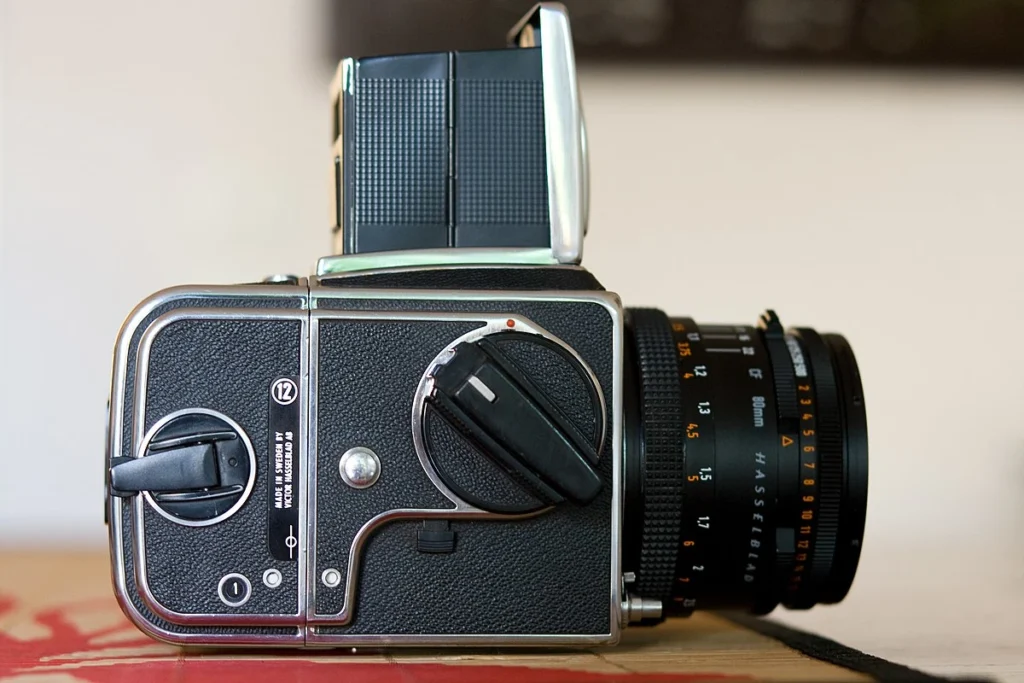
The Hasselblad 500C/M is a legendary 6×6 SLR camera known for its modular design, exceptional build quality, and outstanding image results. It offers interchangeable lenses, viewfinders, and film backs, providing unparalleled versatility. The camera’s leaf shutter allows for flash synchronization at all speeds, making it a favorite among studio photographers.
Rolleiflex 2.8F
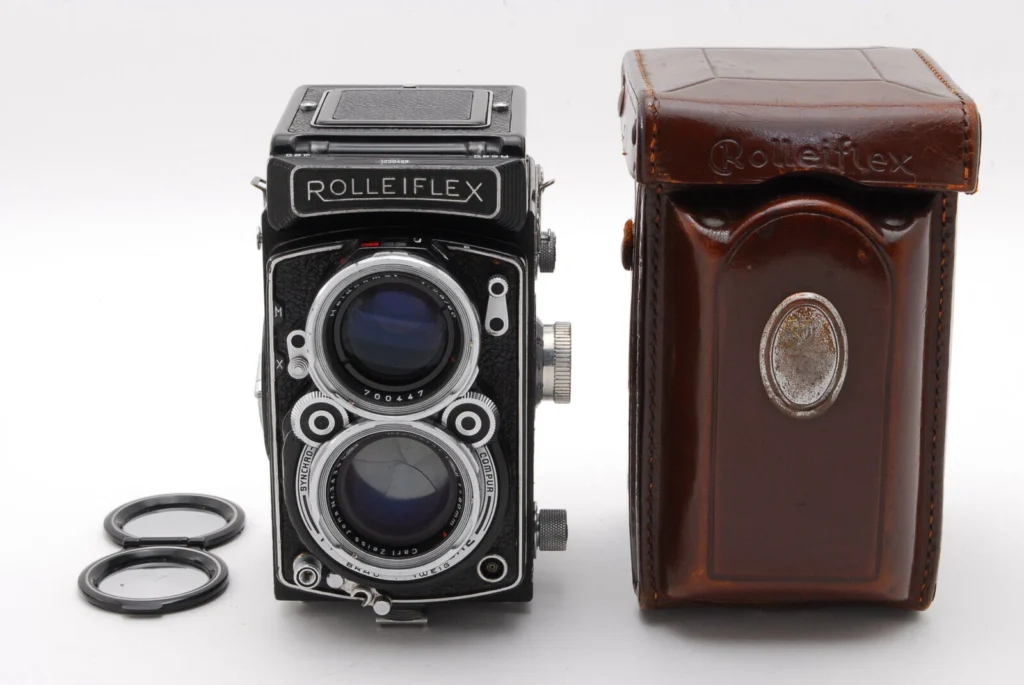
The Rolleiflex 2.8F is an iconic TLR camera renowned for its compact size, quiet operation, and sharp Planar lens. Its waist-level viewfinder provides a unique perspective, while the built-in light meter assists with exposure accuracy. The camera’s mechanical precision and reliability have made it a timeless classic among street and portrait photographers.
Mamiya C330
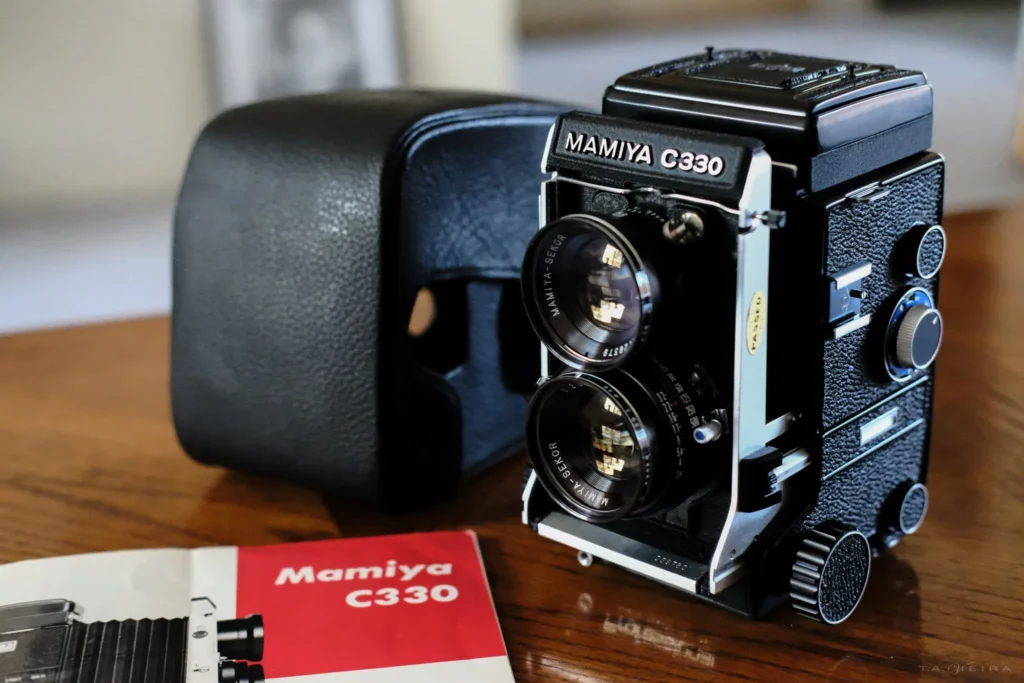
The Mamiya C330 is a versatile TLR camera that offers interchangeable lenses, a rarity among TLRs. Its bellows focusing system allows for close-up photography, while the dual-format capability enables switching between 6×6 and 6×4.5 formats. The camera’s sturdy construction and modular design make it a popular choice for studio and location work.
Yashica Mat-124G
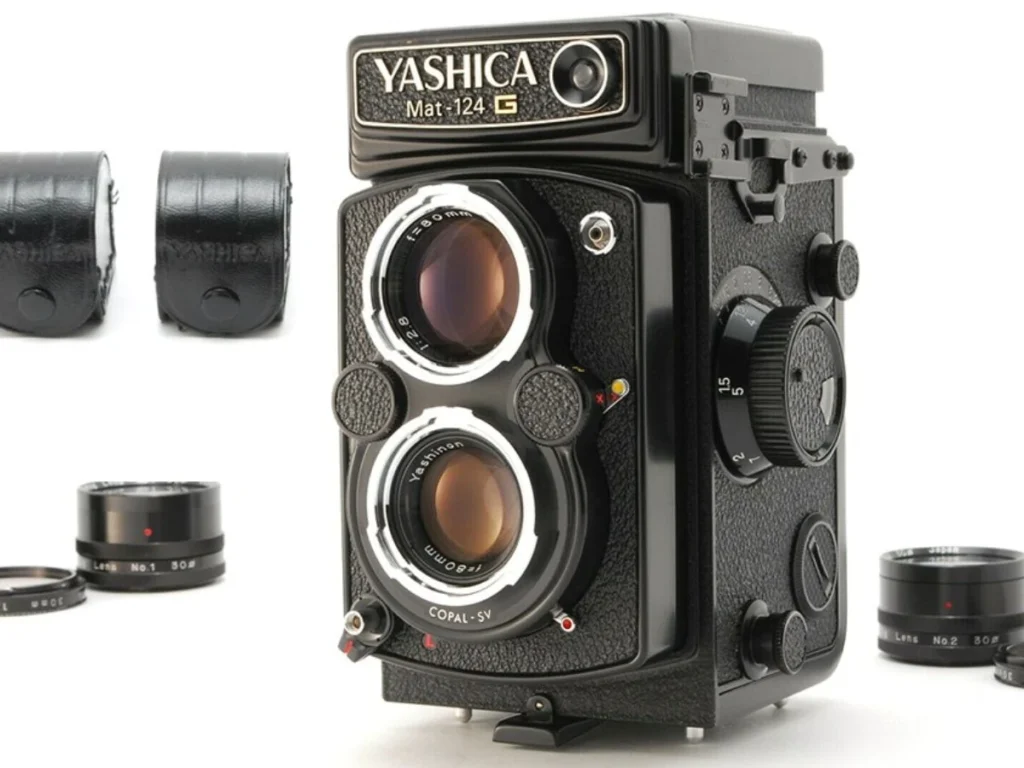
The Yashica Mat-124G is a budget-friendly TLR camera that delivers impressive results. Its sharp Yashinon lens and built-in coupled light meter make it a great choice for beginners and enthusiasts alike. The camera’s compact size and lightweight design make it easy to carry around, while its reliable mechanical operation ensures consistent performance.
Pentax 67II
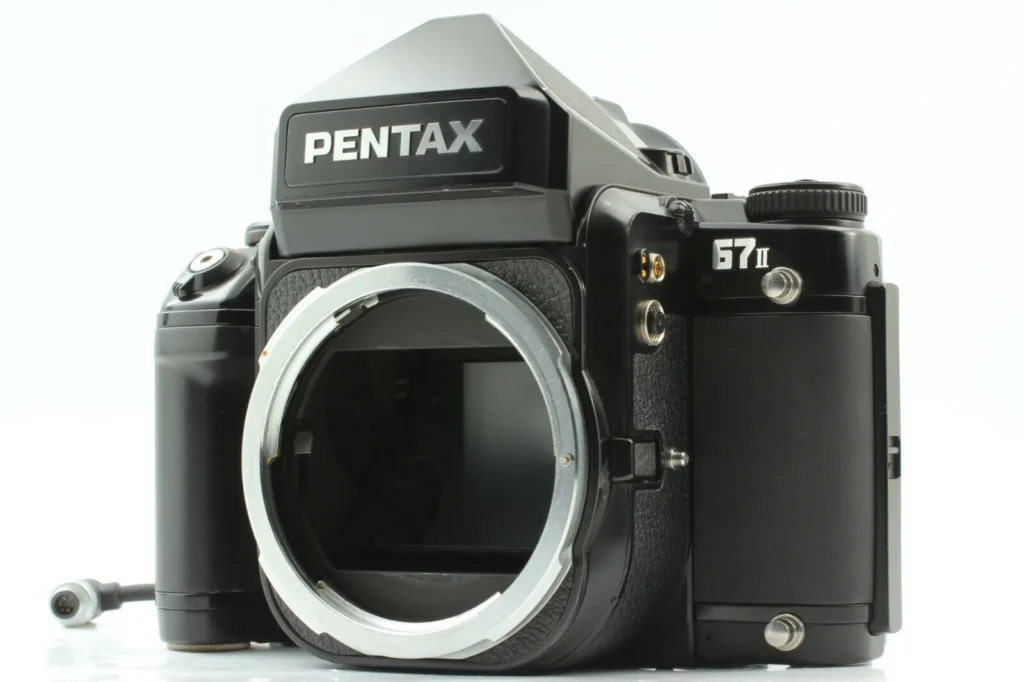
The Pentax 67II is a robust 6×7 SLR camera that offers a slightly larger negative size than traditional 6×6 cameras. Its interchangeable lens system, combined with its bright viewfinder and mirror lockup feature, make it a favorite among landscape and portrait photographers. The camera’s weather-sealed body and durable construction ensure reliable performance in challenging conditions.
Fujifilm GFX 50S
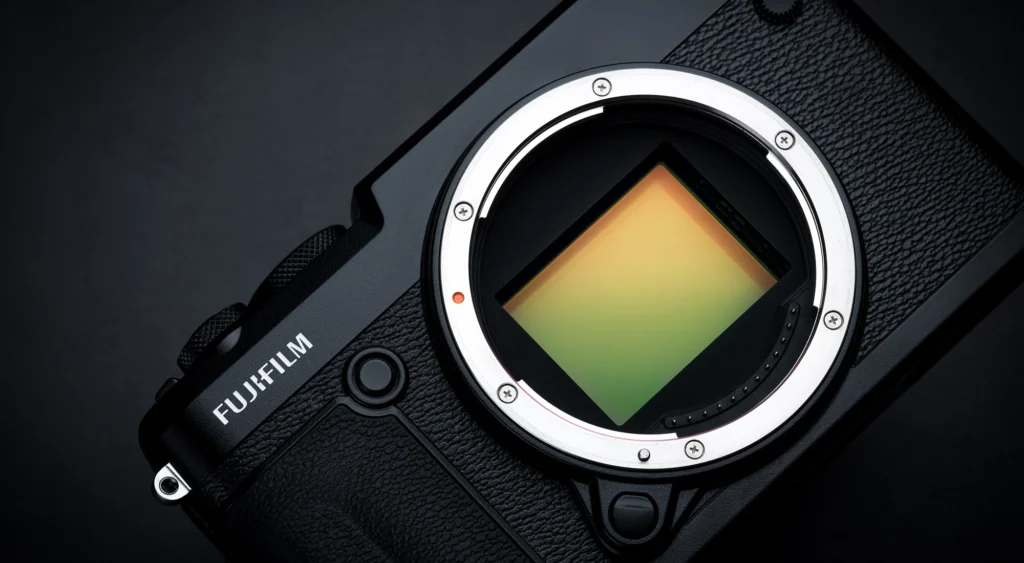
The Fujifilm GFX 50S is a medium format digital camera that combines the benefits of the 6×6 format with the convenience of digital technology. Its 51.4-megapixel sensor delivers exceptional image quality, while its modular design allows for customization and flexibility. The camera’s autofocus system, high-resolution electronic viewfinder, and touchscreen interface make it a versatile choice for a wide range of photographic applications.
Choosing the Right 6×6 Camera for Your Needs
With so many excellent 6×6 cameras available, how do you choose the right one for your specific needs? Consider the following factors:
Budget Considerations
6×6 cameras span a wide price range, from affordable film cameras to high-end digital medium format systems. Determine your budget and prioritize the features that matter most to you. Keep in mind that investing in a quality lens can have a significant impact on your final image results.
Intended Use (Personal vs. Professional)
Consider whether you’ll be using the camera for personal projects or professional work. Professional photographers may require more advanced features, such as interchangeable backs, high-resolution digital sensors, or tethering capabilities. Hobbyists and enthusiasts may prioritize factors like portability, ease of use, and affordability.
Desired Features and Functionality
Make a list of the features and functions that are essential to your photography style. Do you need interchangeable lenses or a fixed lens system? Is autofocus a must-have, or are you comfortable with manual focusing? Do you prefer a waist-level viewfinder or an eye-level prism? Prioritize the features that will have the greatest impact on your creative vision and workflow.
Maintaining and Caring for Your 6×6 Camera
To ensure that your 6×6 camera continues to perform at its best, regular maintenance and proper care are essential. Here are some tips to keep your camera in top condition:
Cleaning and Storage Tips
Keep your camera and lenses clean by using a soft, lint-free cloth to remove dust and fingerprints. When storing your camera, use a protective case or bag to shield it from dust, moisture, and impact. If you’re using a film camera, be sure to store your film in a cool, dry place to maintain its quality.
Handling and Transport Guidelines
Handle your 6×6 camera with care, as rough handling can cause damage to the delicate mechanisms inside. When transporting your camera, use a padded bag or case to protect it from bumps and vibrations. If you’re traveling by air, consider carrying your camera with you in a carry-on bag to avoid the risk of damage in checked luggage.
Regular Maintenance Practices
Periodically check your camera for any signs of wear or damage, such as loose screws, worn leather, or fungus growth on the lens elements. Have your camera serviced by a professional technician every few years to ensure optimal performance and to address any potential issues before they become more serious.
Exploring Creative Techniques with 6×6 Cameras
One of the joys of using a 6×6 camera is the opportunity to explore a wide range of creative techniques. Here are some ideas to inspire your photography:
Portrait Photography
The square format of 6×6 cameras lends itself beautifully to portrait photography. Experiment with different compositions, such as placing your subject off-center or filling the frame with their face. The shallow depth of field created by the larger sensor can help you isolate your subject and create dreamy, bokeh-filled backgrounds.
Landscape Photography
The high resolution and wide dynamic range of 6×6 cameras make them ideal for capturing stunning landscape images. Use a tripod to ensure maximum sharpness and experiment with different filters, such as neutral density or polarizing filters, to control exposure and enhance the colors in your scene. The square format can help you create balanced, symmetrical compositions that highlight the beauty of the natural world.
Macro Photography
Many 6×6 cameras, especially TLRs, have the ability to focus at close distances, making them well-suited for macro photography. Experiment with capturing intricate details of flowers, insects, or other small subjects. The larger negative size of 6×6 cameras allows for incredible detail and clarity, even when printing at large sizes.
Experimental and Artistic Approaches
The unique characteristics of 6×6 cameras open up a world of creative possibilities. Try experimenting with multiple exposures, intentional camera movement, or alternative processing techniques like cross-processing or redscale film. The square format can also be used to create diptychs, triptychs, or grid-based compositions that challenge traditional storytelling methods.
Conclusion
The world of 6×6 cameras is a fascinating and rewarding one, offering photographers a unique blend of nostalgia, craftsmanship, and creative potential. From the iconic Rolleiflex to the cutting-edge Fujifilm GFX, these cameras have captured the hearts and imaginations of photographers for generations.
Whether you’re drawn to the tactile experience of shooting with film or the exceptional image quality of digital medium format, there’s a 6×6 camera out there that will suit your needs and inspire your creativity. By understanding the different types of cameras available, considering the key features, and exploring a range of creative techniques, you’ll be well on your way to unlocking the full potential of this remarkable format.
So, dust off that vintage TLR, invest in a modern digital marvel, or simply appreciate the timeless appeal of the square frame. The world of 6×6 photography is waiting for you, ready to be explored.

